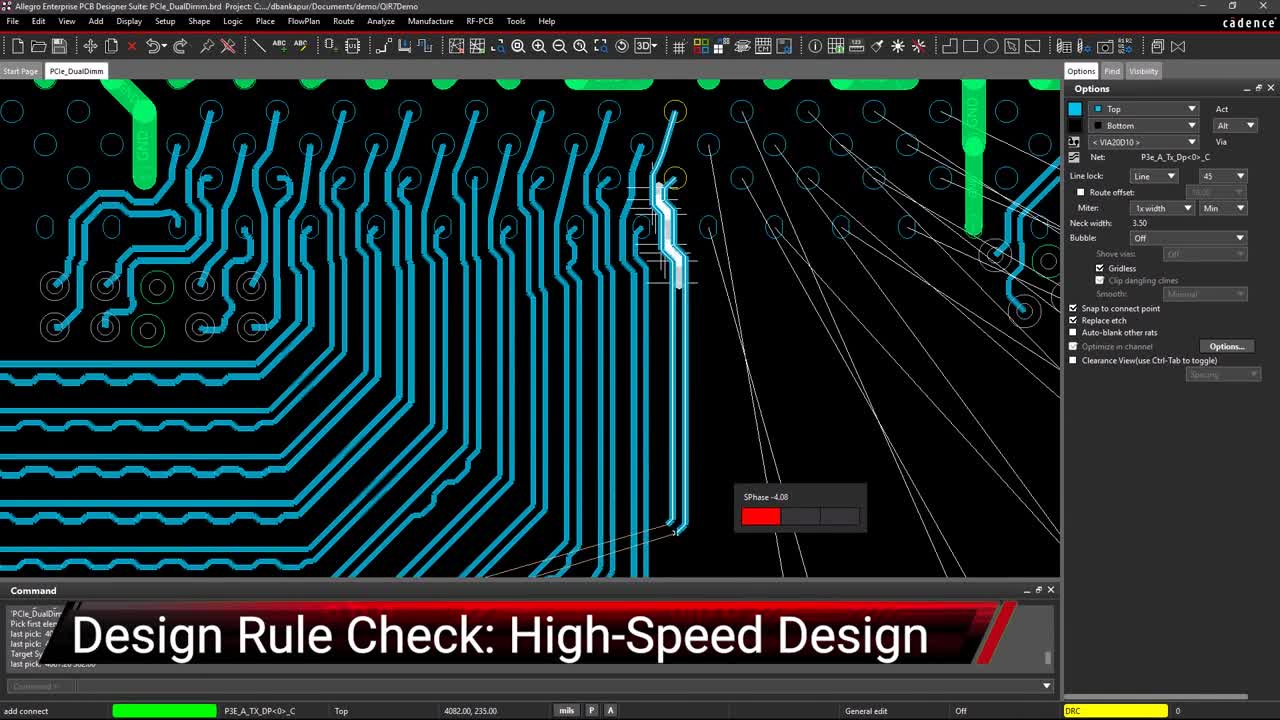DC Operating Point Study: A BJT Transistor
Work-life balance has different meanings for various people. For me, I’ll be engulfed with work during the weekdays, without taking any meaningful rest in between. The only exception is Sunday, where I’ll spend the entire day glued to Netflix, games or any stay-at-home activities worth doing.
I’ve long been criticized for having an unbalanced lifestyle. There’s no denying that but at least I have a good idea of how I operate between work and rest. Likewise, I took great interest in how BJT transistors operate as they have a very dynamic characteristic. In other words, understanding DC operating point is a must if you’re working with transistors.
What is a DC Operating Point
The BJT transistor is perhaps one of the most interesting basic electronic components ever. Technically, it’s a combination of two PN junctions or diodes that are brought together in one package. A transistor functions as a current switch, where the presence of the base current will activate the collector-emitter(CE) junction for the collector current to pass through.
There are a few interesting parameters when designing with a BJT transistor, one of them being the DC operating point. A DC operating point, also known as quiescent or Q point, refers to the state of the transistor when no input current is applied to the component.
Plotted on a chart, the DC operating point is the intersection of the base current and the DC load line. This means you’ll need to plot the DC load line in order to determine the DC operating point of the transistor. The process is easy as the relationship between Ic and Vce is given by
Vcc = Vce + IcRc
In this equation, Vcc is the supply voltage, Vce is the collector-emitter voltage, and IcRc is the voltage drop across the base resistor (Rb). Solving the equation for Vce =0 and Ic =0 will give you the value at both axes. As the equation is linear, joining a line between both values will provide the DC load line. For a known Ib, the DC operating point can be determined on the chart.
DC Operating Point And Transistor Biasing
By now you’ve had a good understanding of what a DC operating point is all about. However, what’s more, important is to understand the effect of the DC operating point on transistor biasing. The transistor operates in the active, cut-off and saturation region where its behavior changes accordingly.
Depending on what the transistor is meant to do, you’ll want to keep the DC operating point in a certain region. For example, if you’re building a Class A amplifier, you’ll want the DC operating point to be in the middle of the active region. Having it near the saturation or cutoff will result in the input AC signal being clipped or distorted.

At the same time, there are certain types of amplifiers that are designed to operate in the cutoff or saturation region. The Class B amplifier, which amplifies only the positive half of the input signal and removes the negative portion, has the DC operating point set in the cutoff region.
The Importance Of DC Operating Point Analysis
Perhaps the next assumption that you’ll have is that biasing a transistor is a piece of cake. After all, what could go wrong with setting the DC operating point of a transistor? The harsh truth is, placing a couple of resistors is not the end of the task.
Depending on the configuration, some biasing circuits are unreliable. The fixed base bias circuit, which is exactly demonstrated by the above diagram, is simple to execute but tends to be unstable over the active operation. Also, the DC operating point may fluctuate due to varying temperatures.
A slight improvement is achieved with the following circuit, where the transistor is configured in collector-feedback bias. The negative feedback produced through Rb ensures that the DC operating point always remains in the active region.
Better stability is achieved with the voltage divider bias, as shown in the circuit below. This configuration ensures that the DC operating point is fully independent of the β value and unaffected by external circuitry elements. The β value here is the DC current gain and represents the relationship between large current flows and small biasing currents.
There are many factors involved that may influence the DC operating point of a transistor. Manually plotting out the possible variables and results is going to be taxing and probably not the wisest option. Instead, getting the layout and analysis tools from Cadence to do the job is the better option. It’s prudent to use a SPICE tool that works along with PCB design software like PSpice Simulator.
If you’re looking to learn more about how Cadence has the solution for you, talk to us and our team of experts.